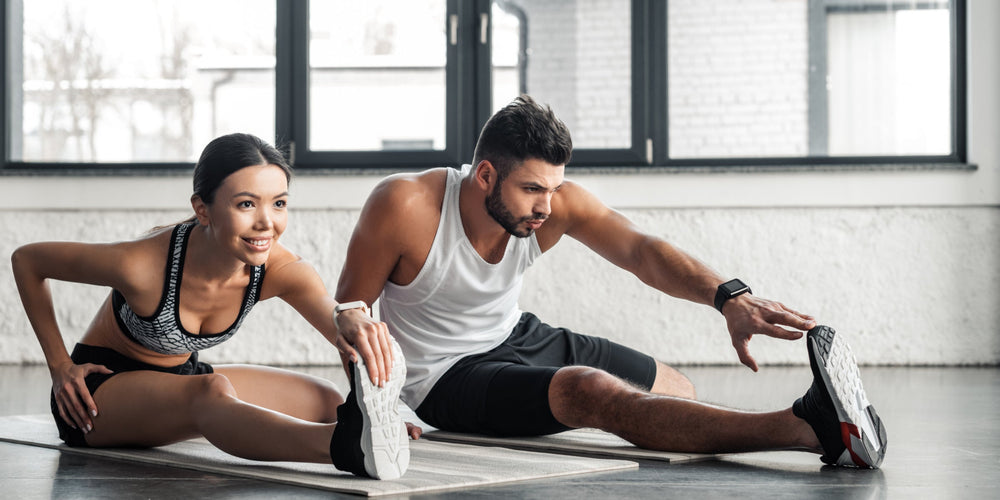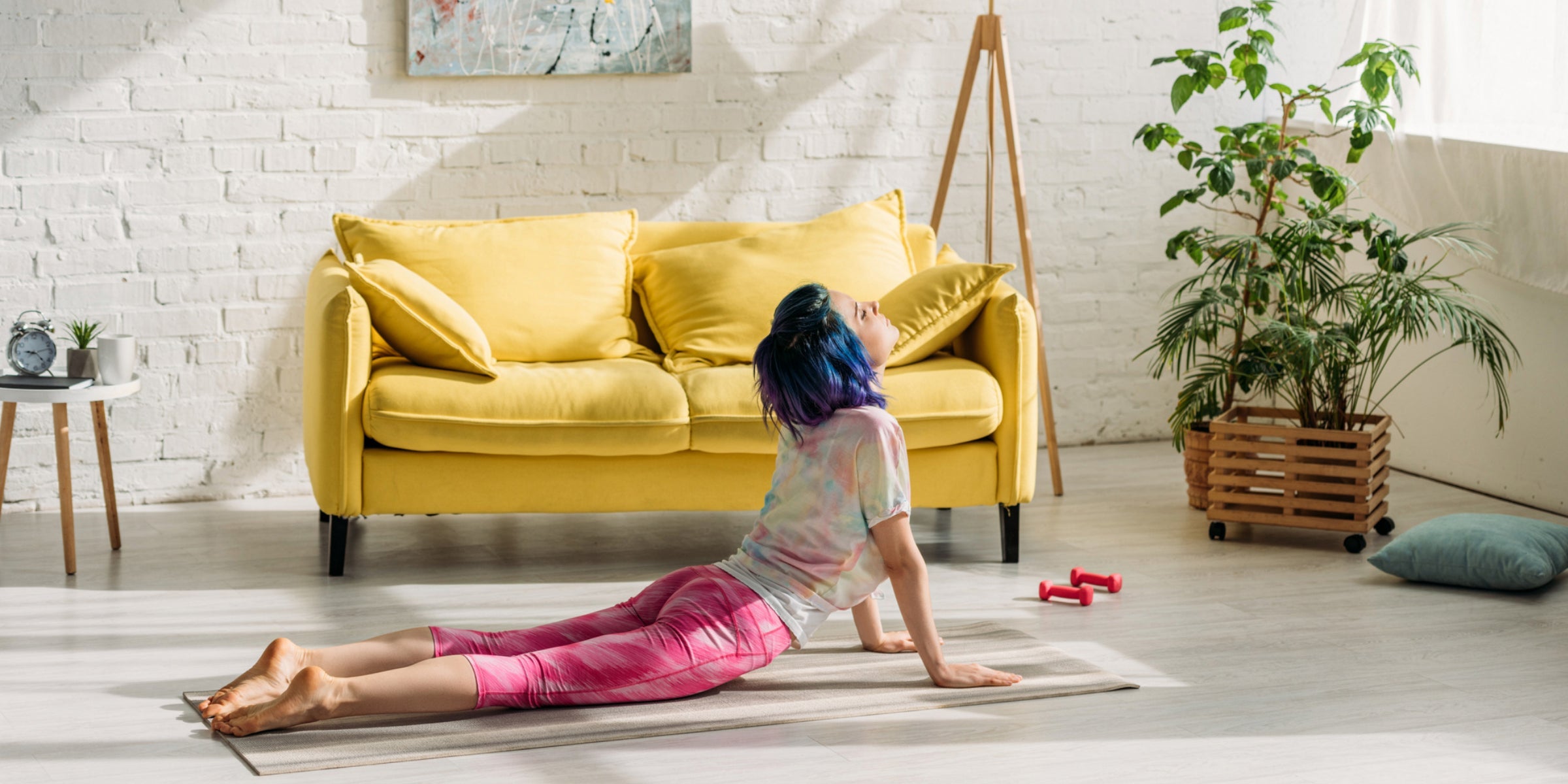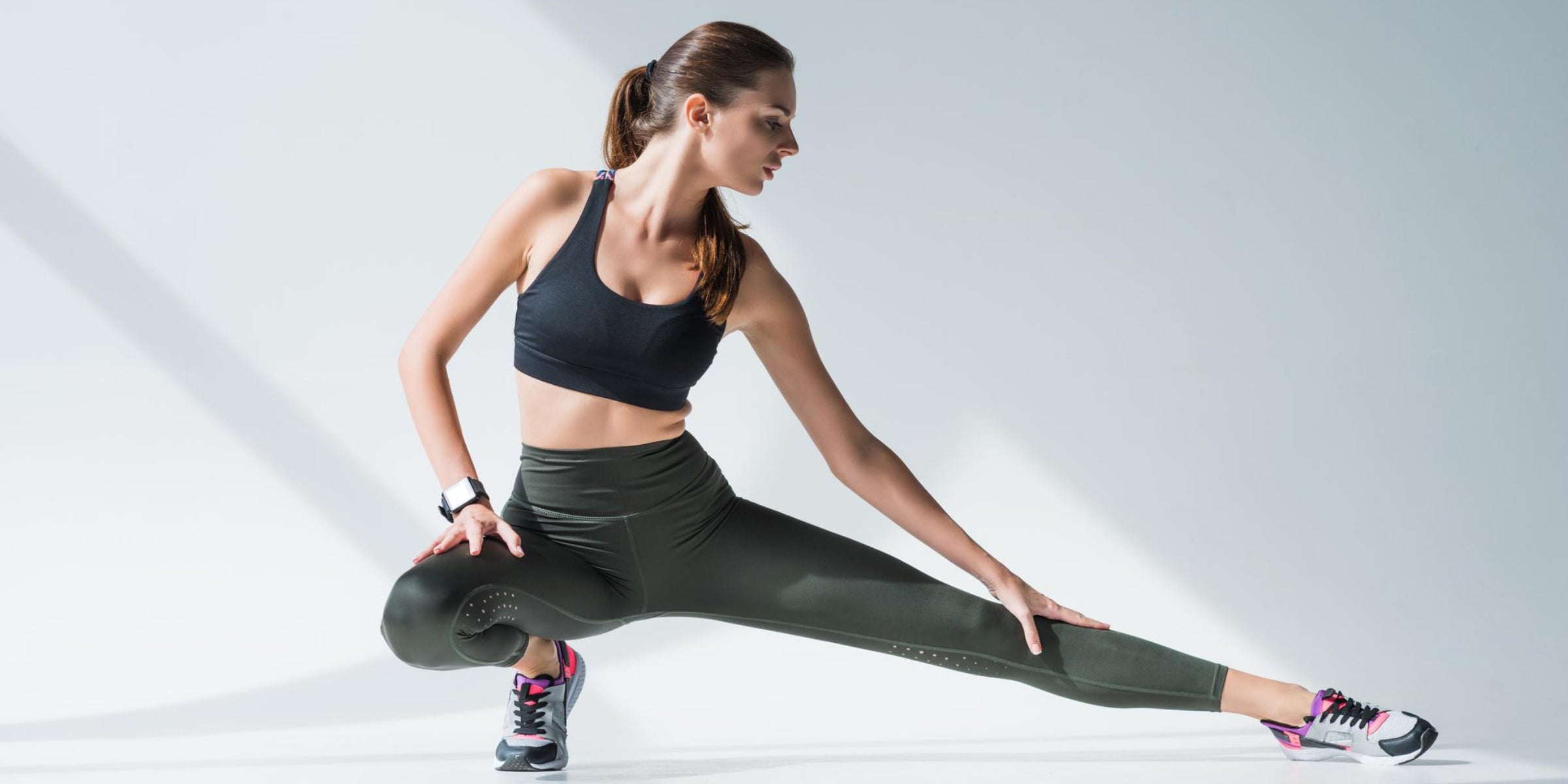How Restorative Yoga and Stretching Can Help You Relax and Recover

Stay tuned to our latest news
Do you often feel stressed, tired, or sore after a long day of work, study, or exercise? Do you wish you could find a way to relax your mind and body, and restore your energy and health? If so, you may want to try restorative yoga and stretching. These are two practices that can benefit your physical and mental well-being, by helping you release tension, improve your flexibility, reduce stress, and promote healing.
Restorative yoga and stretching are not the same as other forms of yoga and exercise. They have different goals, methods, and effects. Restorative yoga and stretching are not meant to challenge you, but to comfort you. They are not meant to make you sweat, but to make you breathe. They are not meant to build your muscles, but to heal your tissues.
In this article, we will explore what restorative yoga and stretching are, how they differ from other forms of yoga and exercise, and how you can incorporate them into your daily routine. We will also provide some tips and examples on how to practice them safely and effectively.
What is Restorative Yoga?

Restorative yoga is a type of yoga that focuses on relaxation and restoration. It involves using props, such as bolsters, blankets, blocks, and pillows, to support your body in comfortable poses that allow you to relax deeply. Unlike other forms of yoga, restorative yoga does not require you to hold poses for a long time or exert much effort. Instead, you can stay in each pose for up to 20 minutes, breathing slowly and gently, and letting go of any tension or stress.
Restorative yoga can have many benefits for your health and wellness. Some of the benefits include:
- Improving your blood circulation and lymphatic drainage
- Balancing your nervous system and hormones
- Boosting your immune system and reducing inflammation
- Enhancing your mood and emotional stability
- Increasing your awareness and mindfulness
- Helping you sleep better and recover faster
What is Stretching?

Stretching is a form of exercise that involves elongating your muscles and joints to improve your range of motion and flexibility. Stretching can be done before or after other physical activities, or as a standalone practice. There are different types of stretching, such as dynamic, static, ballistic, and PNF, each with its own advantages and disadvantages.
Stretching can also have many benefits for your health and wellness. Some of the benefits include:
- Preventing injuries and reducing pain
- Improving your posture and alignment
- Enhancing your performance and coordination
- Relieving muscle tension and stiffness
- Increasing your blood flow and oxygen delivery
- Relaxing your mind and body
Restorative Yoga vs Stretching

Restorative yoga and stretching are both practices that can help you relax and recover, but they have some key differences. Here are some of the main differences between them:
- Restorative yoga is more passive and meditative, while stretching is more active and dynamic. In restorative yoga, you do not need to exert much effort or hold poses for a long time. You simply let your body be supported by props, such as bolsters, blankets, blocks, and pillows, and allow yourself to relax deeply. In stretching, you need to use your own strength and flexibility to elongate your muscles and joints, and hold the stretches for a few seconds or minutes. You may feel some discomfort or challenge as you stretch, but you should not feel pain or strain.
- Restorative yoga uses props to support your body, while stretching relies on your own strength and flexibility. Props are essential for restorative yoga, as they help you create comfortable and stable poses that suit your body’s needs and limitations. Props can also help you adjust the intensity and duration of the poses, depending on how you feel. Stretching does not require any props, but you can use some tools, such as straps, bands, or foam rollers, to enhance your stretching experience. Stretching depends on your own ability to move and stretch your muscles and joints, and you may need to modify some stretches to avoid injury or discomfort.
- Restorative yoga aims to calm your nervous system and induce a state of deep relaxation, while stretching aims to stimulate your muscles and joints and increase your mobility. Restorative yoga is designed to activate your parasympathetic nervous system, which is responsible for rest and digestion. By slowing down your breathing and heart rate, and releasing any tension or stress, you can enter a state of deep relaxation, where your body can heal and restore itself. Stretching is designed to activate your muscular and skeletal systems, which are responsible for movement and stability. By increasing your blood flow and oxygen delivery, and improving your range of motion and flexibility, you can enhance your performance and coordination, and prevent injuries and pain.
- Restorative yoga is usually done in a quiet and dimly lit environment, while stretching can be done in any setting. Restorative yoga requires a peaceful and soothing atmosphere, where you can focus on your breathing and sensations, and avoid any distractions or noises. You may also want to use some aromatherapy, music, or candles, to create a more relaxing mood. Stretching can be done in any environment, as long as you have enough space and comfort to move and stretch your body. You may also want to use some warm-up, cool-down, or hydration, to prepare your body and prevent any cramps or soreness.
- Restorative yoga is suitable for anyone, regardless of their fitness level or experience, while stretching may require some caution and guidance, depending on your health condition and goals. Restorative yoga is a very accessible and inclusive practice, that can be enjoyed by anyone, regardless of their age, gender, size, or background. You do not need any prior experience or skill to practice restorative yoga, as you can adjust the poses and props to your own level and preference. Stretching is also a beneficial practice for anyone, but it may require some knowledge and supervision, depending on your health condition and goals. You may need to consult your doctor or a professional before starting a stretching routine, especially if you have any injuries, illnesses, or chronic conditions. You may also need to follow some guidelines and tips on how to stretch safely and effectively, to avoid any harm or complications.
Incorporating Yoga and Stretching in Your Daily Routine

Restorative yoga and stretching are both practices that can be easily integrated into your daily routine. You can do them at any time of the day, depending on your needs and preferences. Here are some suggestions on how you can incorporate them into your schedule:
- In the morning, you can do some gentle stretching to wake up your body and mind, and prepare yourself for the day ahead. You can focus on stretching your neck, shoulders, back, hips, and legs, which are often tight and stiff after a night of sleep.
- In the afternoon, you can do some restorative yoga to take a break from your work or study, and recharge your energy and focus. You can choose a few poses that suit your mood and situation, such as child’s pose, legs up the wall, reclining bound angle pose, or corpse pose.
- In the evening, you can do some more stretching to release any tension or soreness that accumulated during the day, and improve your recovery and sleep quality. You can focus on stretching your chest, arms, abdomen, and hamstrings, which are often tense and contracted after a day of activity.
- Before bed, you can do some more restorative yoga to calm your mind and body, and prepare yourself for a restful night of sleep. You can choose a few poses that help you relax and unwind, such as supported bridge pose, supported twist pose, supported fish pose, or supported savasana.
@c.mellin Thank you @RENPHO ♬ Cooking, bossa nova, adults, light(950693) - Kids Sound
The RENPHO Active Thermacool Massage Gun is a device that can help you enhance your restorative yoga and stretching experience. It can provide you with percussive therapy, which applies rapid and repetitive pressure to your muscles and joints, to improve your blood circulation, flexibility, and recovery. Here are some ways that the Active Thermacool Massage Gun can help you with restorative yoga and stretching:
- It can warm up or cool down your muscles. It has a heating and cooling massage head that can heat up to 113°F (45°C) or cool down to 47 ℉(8°C) for deeper muscle relaxation and stress relief. You can use the heating mode before restorative yoga or stretching to increase your blood flow and prepare your muscles for the poses or stretches. You can use the cooling mode after restorative yoga or stretching to reduce inflammation and soreness, and speed up your recovery.
- It can target different muscle groups, and comes with four standard massage heads that can provide different massage experiences, aiming at different muscle groups. You can choose the massage head that suits your needs and preferences, and use the massage gun on the areas that need more attention or relief. For example, you can use the round head for large muscle groups, such as your back, legs, and arms. You can use the fork head for smaller muscle groups, such as your neck, shoulders, and calves. You can use the bullet head for deep tissue massage, such as your feet, hands, and joints. You can use the flat head for general massage, such as your chest, abdomen, and hamstrings.
- It can adjust the speed and intensity. The Active Thermacool Massage Gun has five speeds from 1800 to 3200rpm, which can provide different levels of intensity and penetration for your muscles and joints. You can adjust the speed according to your comfort and tolerance, and find the optimal level that works for you. You can also use the LED display to monitor the battery percentage and the speed level, and change them as needed.
It is a powerful and versatile device that can help you relax and recover, and improve your physical and mental well-being. By incorporating the Active Thermacool Massage Gun into your restorative yoga and stretching routine, you can enjoy the benefits of both practices, and achieve a balance between activity and rest.
Renpho Health Tips
-

The Power of Yoga on Your Mental Well-Being
November 5, 2023
Read more >
-

Gentle Workouts: The Secret to Staying Fit and Calm
November 8, 2023
Read more >
-

How to Incorporate Yoga into Your Workout Routine
November 23, 2023
Read more >
-

How Stretching Can Enhance Your Workout Performance and Recovery
November 6, 2023
Read more >
-

Holiday Fitness Fun: Being Creative While Staying Active
December 5, 2023
Read more >






